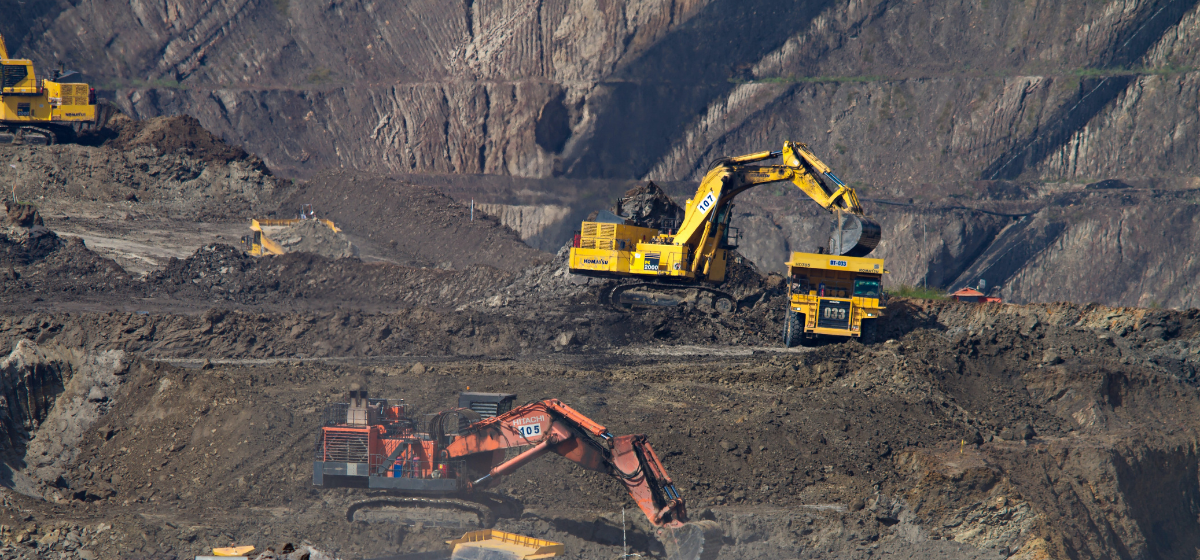One of Australia’s old coal clunkers, Liddell Power Station, is set to close at the end of April after more than 50 years in operation.
Get up to speed on what this means for Australia’s energy supply:
Who owns Liddel?
Liddell Power Station is owned by AGL Energy. The company announced its intended closure more than five years ago in 2017, allowing ample time for the delivery of alternative power supply and planning for the future of its workforce. This is what an orderly transition looks like.
What kind of impact does Liddell have?
On paper, the Liddell Power Station produces 2.2 gigawatts of power however it has not been supplying that much power to the grid for some time due to the progressive closure of some generating units and the unreliability of others. This means the amount of power generation that needs to be replaced when Liddell closes is far less than its headline capacity.
Because AGL announced Liddell’s planned closure many years in advance, its output has been replaced by new generation from renewable sources like clean wind and solar. There are many more projects coming online in NSW and across the National Electricity Market in the coming months and years.
How much energy does Liddell actually generate?
Liddell Power Station turns 52 this year and is showing its age. Although the power station has a listed maximum output of 2.2 gigawatts, one of its four units was already closed in 2022 reducing that figure to a headline rate of 1.65 gigawatts. However, because of its age, Liddell has persistently been unable to produce this amount of power. A recent report found that the power station has offered a maximum capacity of 1.25 gigawatts to the spot market, and only in a small percentage of periods. The average capacity available was well below this at 800 megawatts.
This means the National Electricity Market is not losing 2 gigawatts of capacity, but rather somewhere between 800 megawatts and 1.25 gigawatts.
While there is a public perception that coal power plants provide consistent and reliable power, this has not been the case with the Liddell Power Station. Each of the three working units at Liddell had five to eight offline periods in 2022 – that is, periods when it was not producing any electricity. Liddell also needed to be restarted 31 times in 2022, almost double the number of times this occurred with similar coal plants around Australia, and is likely linked to the station’s age and condition. This means that at many points throughout the year, Liddell’s so-called reliable baseload power has been anything but.
So, what now?
The power generated by Liddell does need to be replaced. Thankfully, the advance notice provided by its owners has allowed new generating capacity to be brought online to pick up the slack. The chart below highlights how much additional renewable energy capacity has come online in recent years as Liddell’s capacity has declined. The Australian Energy Market Operator is not predicting any supply shortfalls for the coming months following Liddell’s closure.
AGL is currently developing a big battery on the site of the Liddell Power Station, which will have a capacity of 250-megawatts and 500 megawatt-hours (MWh). The project is part of AGL’s Hunter Energy Hub, which aims to deliver two battery units with a total capacity of 500MW/2GWh.
Furthermore, the Australian Energy Market Operator expects significant additional capacity to come online through committed renewable energy projects in the next few years. The chart below maps when this additional capacity is expected to come online, and shows the full headline generation rate of the Liddell Power Station when it was operating at full capacity will be well and truly replaced.
The bottom line:
The closure of the Liddell Power Station marks the next step in a long-planned transition for NSW’s energy system. By signalling the closure early, working to ensure appropriate alternative energy supply is available and managing the risks, it is possible to deliver a seamless transition away from coal-fired power generation in Australia over time.










